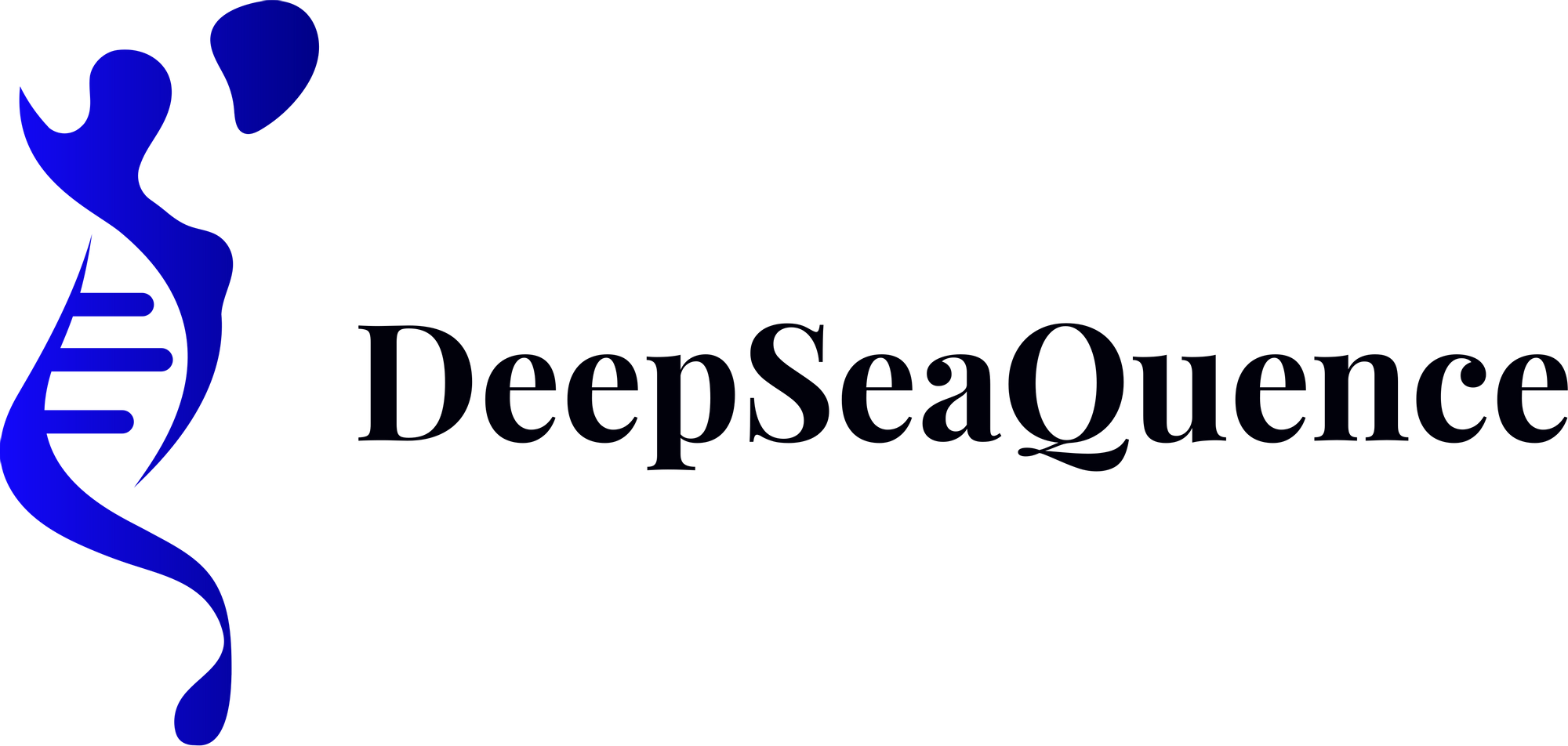Lab work for the DeepSeaQuence project is underway, and our first goal is to establish a transcriptomics-workflow for samples recovered from the deep sea. Transcriptomics (or RNA-sequencing) gives us unique snapshots of all the genes that the microbial communities living at hydrothermal vents were actively using at the moment that we sampled them – for example genes that help them to use volcanic gasses as energy sources, to break down organic matter, or to defend themselves against competing microbes. RNA molecules are very fragile, so we have to work carefully and find an optimal protocol that allows us to recover as much RNA from our frozen samples, copy it into DNA and sequence it without losing too much along the way. We are excited to soon get a glimpse into the private life of these communities that hide at the seafloor in total darkness!

